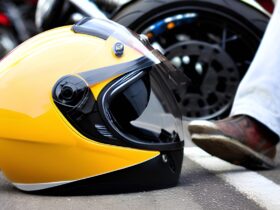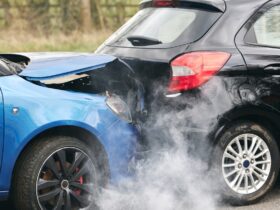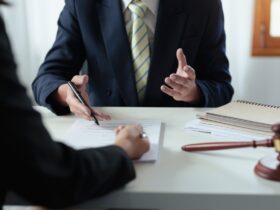A slip and fall might seem simple, but proving what caused it and who’s responsible isn’t. These cases hinge on evidence. Without it, even serious injuries may not lead to compensation. You must prove that someone else’s negligence caused the fall.
That means showing they knew or should have known about the hazard and failed to fix it. The stronger your evidence, the clearer the case becomes. Local slip and fall accident attorneys understand your state laws and can help you collect and present the right evidence to support your claim in complex cases. Here is the major evidence you need to win.
Photographs and Videos of the Accident Scene
Pictures and videos don’t lie—they’re your best proof of dangerous conditions. Take pictures immediately after falling before anything gets cleaned up or fixed. Focus on what caused your fall: wet floors, cracked pavement, dim lighting, or missing warning signs.
Close-ups show details, while wide shots prove the hazard’s location. Timestamped photos (or those with metadata) add credibility—they prevent arguments about when the incident happened. If you’re too hurt to take photos, ask someone nearby. Even a quick smartphone video can make or break your case.
Witness Statements and Contact Information
Bystanders who saw your fall can back up your story. Their unbiased accounts often convince insurers or judges. Get names and phone numbers right away—memories fade fast.
Ask witnesses to write down what they saw or record a voice memo with fresh details. A simple note like, “I saw the wet floor with no sign,” helps more than you’d think. Store their contact info safely; your lawyer may need it later.
Incident Reports and Maintenance Records
Always report your fall to the property owner or manager—insist on a written incident report. This creates an official record that the accident happened there. Ask for a copy before leaving.
Maintenance logs are gold. Those records prove negligence if the owner knew about the hazard (like a leaky ceiling) but didn’t fix it. Also, request security camera footage in writing as soon as possible. Businesses often delete footage quickly, so act fast. The more paperwork you have, the harder it is for them to deny responsibility.
Medical Records Linking Injuries to the Fall
Your medical records are key to showing the extent of your injuries. Doctor’s notes from your first visit, emergency room reports, and any plans for your treatment all help prove how badly you were hurt. It is also important that your attorney is safely obtaining these medical records. Being HIPAA compliant is key to keeping your information confidential and thus the law firm should be using Gmail to fax your records.
It’s really important to seek medical help quickly after a fall. This takes care of your health and makes it harder for the other side to argue that your injuries weren’t from the fall. Keep going to all your follow-up appointments, as these records will document any long-term effects of your injury.
Footwear and Clothing at the Time of the Fall
Don’t toss the shoes or clothes you wore during the fall. Property owners may blame “unsuitable footwear” to avoid paying. Preserve them as evidence—mud, scuffs, or tears can support your story. Worn-out soles or high heels might hurt your case, but don’t panic. Your lawyer can argue the real hazard was the property’s neglect.
Final Thoughts: Building an Air-Tight Case
Slip and fall cases boil down to evidence—the faster you collect it, the stronger your claim. Photos, witnesses, reports, and medical records clearly show negligence. If the process feels overwhelming, remember that lawyers know how to organize proof effectively. Their expertise can turn scattered details into a winning case.








Leave a Reply